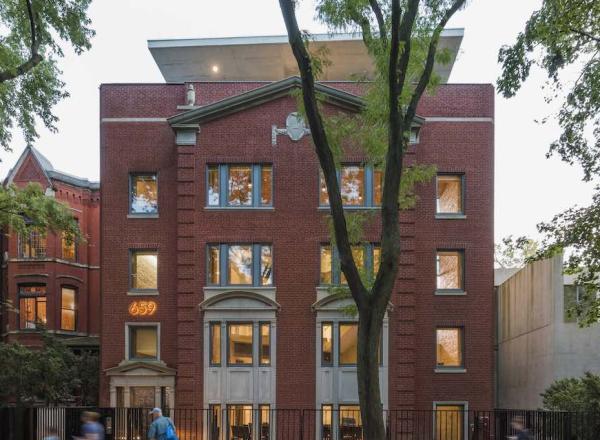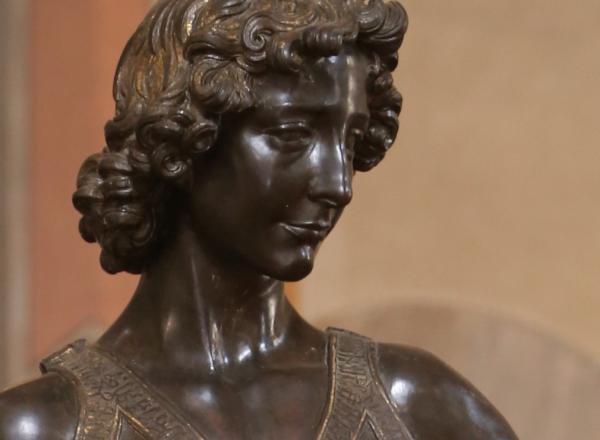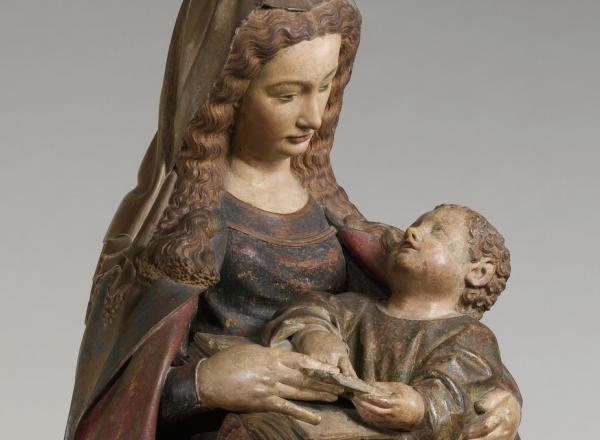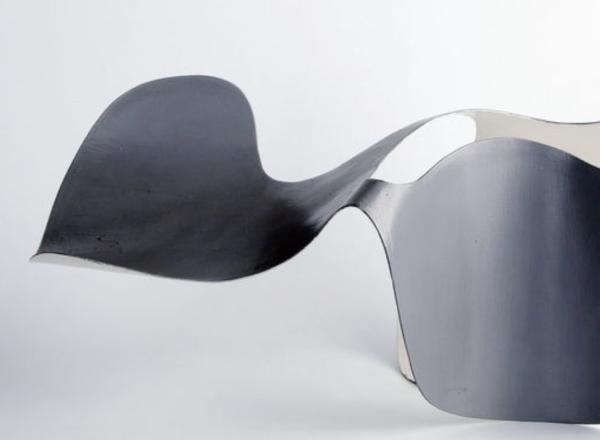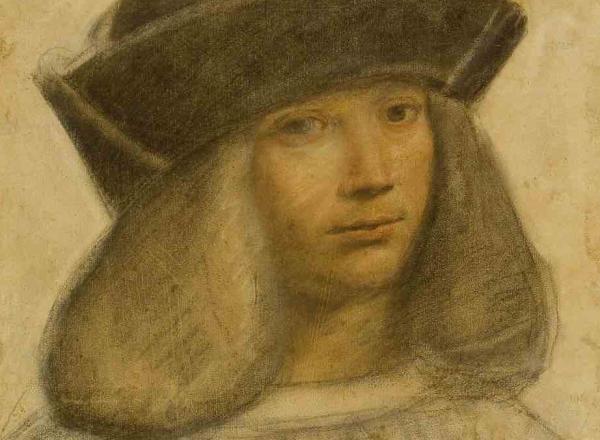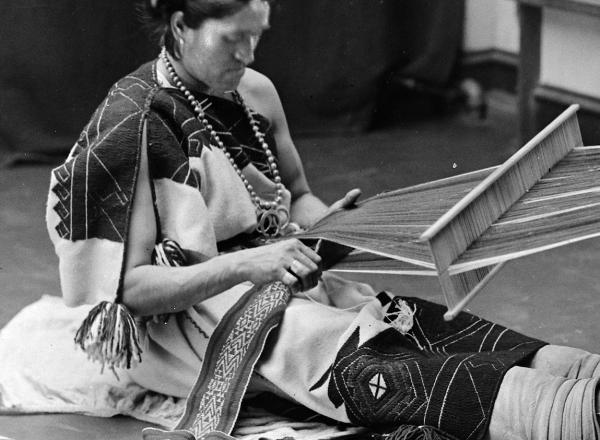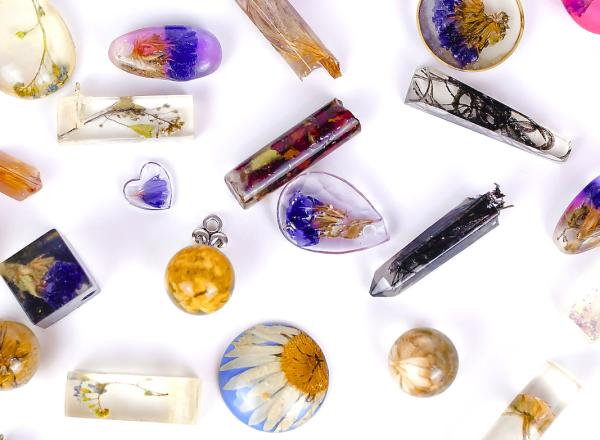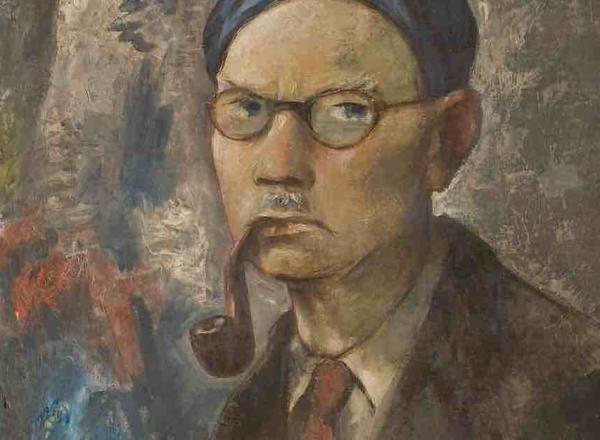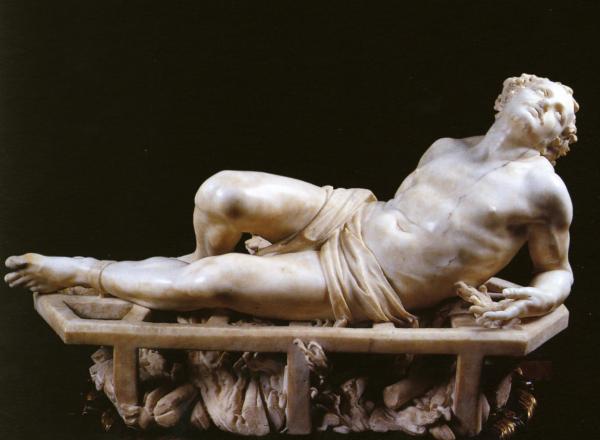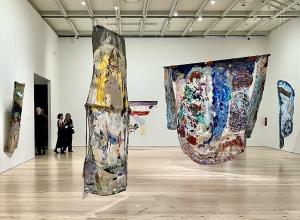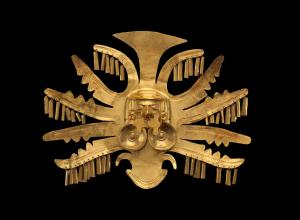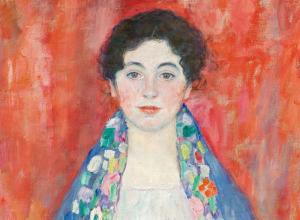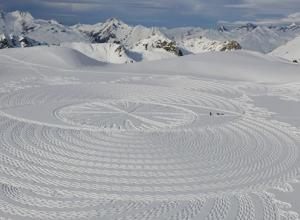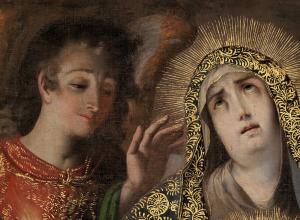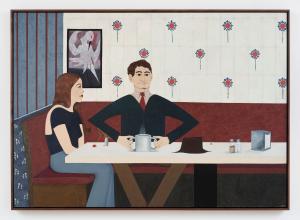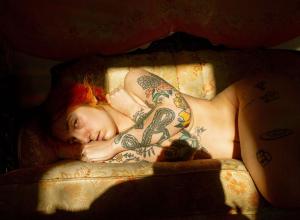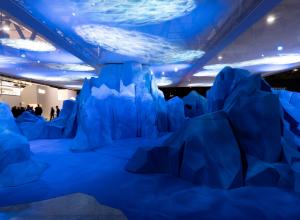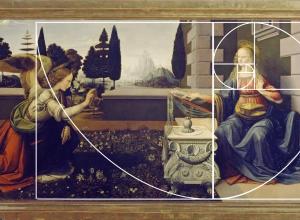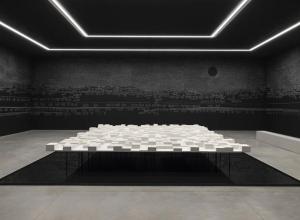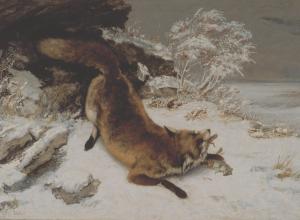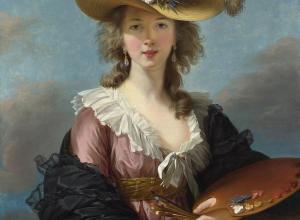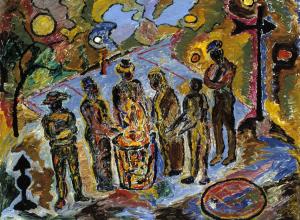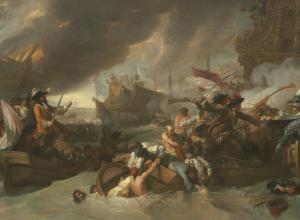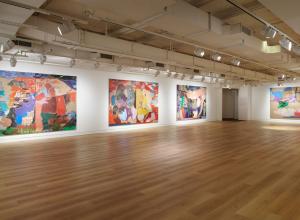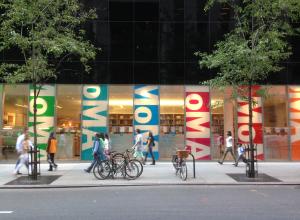The Brazilian poet, essayist, and art critic Ferreira Gullar is credited with writing the original Neo-Concrete Manifesto. It was also Gullar who first identified a need to react against the rigidity and cool rationalism of geometric abstraction that arose in Europe after WWI.
Art News
Simplicity in structure and design is the key element in all of Ando’s commissions. His use of concrete consistently belies its density and he always seems to incorporate an airy weightless effect with glass, reflection, and light.
From Michelangelo's marble masterpiece to equally amazing but lesser-known works, here are some of the most fascinating representations of David in Renaissance and Baroque arts
Artists have long explored human feelings through a variety of media and perspectives. Love and anger, opposite as well as complementary forces, provide us with some of the most captivating examples of the representation of emotions through art.
Although she is widely seen as one of art history’s most important sculptors, many of Katarzyna Kobro’s (1898-1951) works are no longer extant. This is especially true of her earliest artworks. The loss is a real tragedy as she and her work have been called innovative, brave, and influential. Fortunately, other kinds of records do still exist for many of these artworks.
When we think of Leonardo da Vinci’s most notable works, it would be easy to assume the women behind the Mona Lisa or Lady with an Ermine were his muses. One may therefore be surprised to discover that his pupils, Gian Giacomo Caprotti and Francesco Melzi, have the honor of this distinguishment.
Perhaps the most famous nineteenth-century Indigenous Łamana or Two-Spirit historical figure, the late We:wa was a Zuni artisan, diplomat, spiritual leader, and humanitarian. As such, they made great contributions to the protection and proliferation of Zuni culture.
Resin art has experienced a burst in popularity within the last few years, but what exactly is this miracle material, and is there a catch? Resin by itself is a viscous, flammable substance that can be either organic or synthetic. Most artists prefer epoxy resin, a synthetic type patented in the early 1930s.
B.J.O. Nordfeldt: American Internationalist, on view at the Weisman Art Museum, features work from WAM and fifteen museum and private collections, including the Metropolitan Museum of Art, The Hirshhorn Museum, and the University of New Mexico Art Museum. The exhibition also highlights an artist whose family played a small but important role in shaping the institution that WAM is today.
There's no doubt that the statues by Baroque sculptor Gian Lorenzo Bernini were markedly sensual, which might seem paradoxical in the era of the Counter-Reformation and for an artist whose main patrons were part of the ecclesiastical aristocracy.





